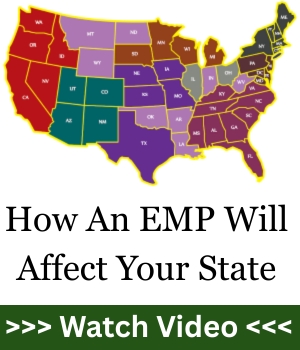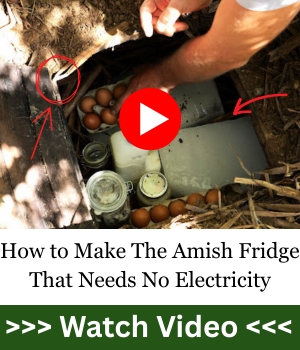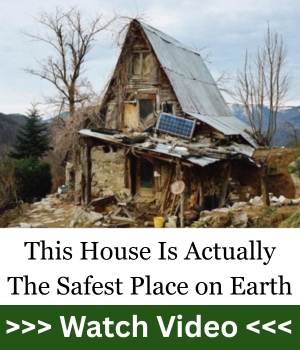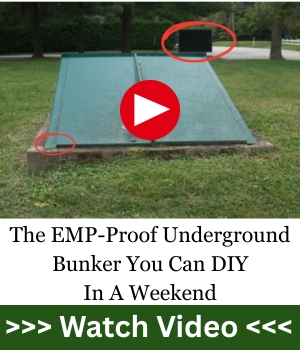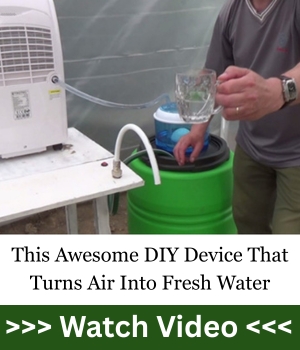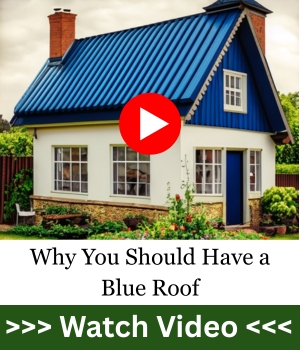When winter settles in and the air turns sharp, the first thing most people do is plug something in. But gardeners who work with nature know that electricity isn’t always reliable or necessary. In fact, our ancestors kept plants alive through brutal winters long before power lines existed. The secret was understanding how to work with natural warmth instead of trying to fight the cold.
Learning how to heat a greenhouse without electricity isn’t just about saving on energy bills. It’s about self-reliance, sustainability, and building a resilient system that continues to thrive when modern comforts fail.
Once you begin to see your greenhouse as a living system instead of a machine, the whole equation changes. Heat becomes something you collect, store, and release rather than something you buy. Nature provides the tools if you know how to use them, and every technique you learn now will serve you when the grid goes silent.
The Power of Thermal Mass
The simplest and most reliable way to keep a greenhouse warm through cold nights is by using thermal mass, which refers to materials that absorb heat during the day and release it slowly as temperatures drop.
Water barrels painted black are one of the oldest tricks in the book. They store solar energy all day, then gently radiate it back into the greenhouse overnight. Stone, brick, or even large clay pots can work the same way. Position them near sunlight during the day and around sensitive plants at night.
You can take this idea further by partially sinking your greenhouse into the ground. Earth itself acts as a natural insulator, keeping temperatures more stable. This method, known as a walipini or earth-sheltered greenhouse, has been used for centuries in high-altitude regions where winter never gives up easily.
A few modern growers even use large underground tanks or buried rock beds to capture warmth from the sun during the day. These designs can maintain steady soil temperatures for weeks at a time. Once established, thermal mass systems require almost no maintenance and will continue working quietly year after year.
Compost Heat: Nature’s Furnace
Few realize that composting is more than a way to recycle waste; it’s a powerful source of heat. As organic matter breaks down, it generates warmth that can be redirected into your greenhouse.
A large compost pile placed against one wall or in an adjoining chamber can release consistent heat for months. With a little creativity, you can run simple tubing through the pile and let that warm air or water circulate inside. It’s a living, breathing heater that feeds your plants and your soil at the same time.
French farmers perfected this method over 200 years ago. They used decomposing manure and straw to warm their melon houses in winter, creating tropical conditions in the middle of Parisian frost. The process still works today, only now we understand it better, and it costs nothing but patience and effort.
When you look at compost as a natural engine rather than a pile of waste, you begin to see just how much energy the earth offers on its own. You are quite literally growing heat as you grow soil health, creating a cycle that sustains both food and warmth together.
Morea about this method here:
Cold Frames and Thermal Curtains
If you’re growing seedlings or delicate herbs, not every solution needs to be large-scale. Small cold frames, essentially mini-greenhouses built from reclaimed wood and old windows, can trap sunlight during the day and keep warmth inside overnight. These are perfect for starting plants early or extending your growing season deep into autumn.
Inside a larger greenhouse, thermal curtains or blankets made of reflective material can make a big difference. Draw them over your plants after sunset to trap the day’s residual heat and reduce the chill from night air. This simple act can raise internal temperatures by several degrees, enough to mean the difference between wilted leaves and thriving growth.
Another often-overlooked tactic is sealing cracks and gaps where cold air seeps in. Even the best heating setup can’t fight against drafts. Use weatherstripping, straw bales, or old rugs along the base of your greenhouse walls to seal in precious warmth.
You can even create a double-layer greenhouse by adding a second layer of clear plastic or recycled windows a few inches from the first. The trapped air acts as insulation, reducing heat loss while still allowing sunlight to pass through. This low-cost approach mimics the efficiency of professional greenhouse glazing without the heavy expense.
Solar Heat Without Electricity
You don’t need solar panels to harness sunlight. Passive solar heating relies on smart design, south-facing windows, reflective surfaces, and dark materials that attract and store solar energy. A sloped roof facing the sun captures more light, while interior walls painted dark absorb and redistribute heat.
For a low-cost upgrade, place reflective foil or mirrors along the back wall of your greenhouse. This bounces extra sunlight toward your plants and helps maintain steady warmth throughout the day. Even during cloudy spells, a few degrees of retained heat can be enough to keep your crops alive.
If you’re willing to get creative, you can also build a solar water heater using old hoses or black PVC tubing. Coil them in the sun, fill them with water, and run them through the greenhouse. It’s simple physics: sunlight in, warmth out, no power required.
Some gardeners also create sun traps outside their greenhouses with stone paths, dark mulch, or south-facing walls that reflect heat inward. These subtle choices can add up, creating a microclimate that stays several degrees warmer than the surrounding air.
Heat from Below: The Forgotten Method
In traditional European gardening, greenhouses were once built with hotbeds, raised beds layered with decomposing manure beneath the soil. As the manure breaks down, it gently warms the soil above, creating ideal growing conditions for tender crops.
You can replicate this easily today using layers of fresh manure, straw, and compost beneath your planting area. It may smell at first, but the heat it provides lasts for weeks, even months. Once the decomposition slows, the same material becomes rich fertilizer for your next season.
It’s a beautiful cycle, waste turned into warmth, warmth turned into life, and life feeding the soil once more.
Gardeners who use this method often notice an unexpected benefit: the consistent soil warmth encourages stronger root systems and faster early growth. It’s one of those quiet, forgotten techniques that rewards patience with abundance.
When the Grid Fails, the Garden Endures
If there’s one lesson gardeners can learn from the past, it’s that self-sufficiency isn’t old-fashioned; it’s timeless. Knowing how to heat your greenhouse without electricity means your food supply doesn’t depend on the grid. It’s a safety net against the unexpected, whether it’s a power outage, an energy crisis, or a harsh winter storm.
But keeping a greenhouse warm is only one part of true independence. To take the next step, consider building your own Modular Backyard Power Plant, a simple system designed to generate clean, renewable power right at home. It’s compact, affordable, and keeps essential systems running no matter what happens.
👉 Learn more about the Modular Backyard Power Plant here
And if you’re truly ready to embrace the wisdom of our ancestors, The Lost Ways is your guide to forgotten survival skills. From old-world preservation methods to off-grid living techniques, it’s a treasure chest of self-reliance.
Every gardener who takes the time to learn these skills adds another layer of protection to their home and family. When you can grow, heat, and power your world from your own land, the noise of crisis fades into the background.
Final Thoughts
Heating a greenhouse without electricity is less about gadgets and more about understanding nature’s rhythms. It’s about storing sunlight, using the earth’s warmth, and trusting in the quiet processes that have kept life alive for centuries.
When the lights go out, these methods will still work because nature never runs out of power.
There is real peace in knowing that your food and your plants don’t rely on anyone else’s system to survive. That’s what self-sufficiency truly means — not isolation, but partnership with the natural forces that have always sustained us.
You may also like:
World’s Smallest Battery Powers House For 2 Days (video)
DIY Mini Greenhouse For Year-Round Vegetables
How To Build An Indoor Greenhouse
Couple Builds Greenhouse Around Home to Stay Warm and Grow Food All Year Long











